Micro, Small, and Medium Enterprises (MSMEs) play a crucial role in the Indian economy, contributing significantly to our industrial outputs and exports. MSMEs constitute more than 90% of all industrial units in India and employ over 110 million people. They contribute to about 28% of India’s gross domestic product (GDP) and account for more than 45% of industrial output. While individual energy consumption per MSME unit may be low, the collective energy use of MSMEs represent the equivalent of approximately 30 million tonnes of oil equivalent annually. This is approximately 25% of the total energy consumed by the industrial sector in India.
A researcher from CAG together with Mr.Jeyaraj, External Consultant (Energy), and Mr. Boopathy, Consumer Rights Movements, Salem visited 9 MSMEs around Salem in April 2024. The primary purpose of the visit was to assess the potential for energy conservation within these MSMEs. Further, with the support of the industries, a walkthrough audit will be conducted to give them a report of the extent of energy consumption, savings and opportunities to incorporate renewable energy to the industry.
Data collection focused on production processes, end products, monthly production rates, energy consumption, electricity bills, Specific Energy Consumption (SEC), identification of major energy-consuming equipment, and any electricity-related issues or concerns. Observations made in these MSMEs are as follows.
Sambandam Spinning Mills
Sambandam Spinning Mills, a reputed spinning mill in Salem demonstrates a strong commitment to environmental responsibility. With a contract demand of 3300 kVA and monthly electricity demand of 15 lakh kWh, a remarkable 90% of their electricity requirement is sourced from renewable sources including a 1MWp rooftop Solar PV power plant. Additionally, they achieve 100% water independence through rainwater harvesting and wastewater management systems, eliminating reliance on groundwater.
Their dedication to continuous improvement is evident through regular energy audits (every three years) that have resulted in a Specific Energy Consumption (SEC) of 4 kWh/kg of yarn, bettering the industry benchmark of 4.5 kWh/kg. Their major energy consuming equipment include motors, transformers, humidification plant, compressed air systems, blowers and fans. Electric motors account for the majority (over 50%) of the facility’s energy use. The remaining load is split between compressed air, humidification system, lighting and fans.
Concerns: The mill expressed several concerns regarding the operations of the Electricity Board (EB), based on their interactions. They recommend streamlining the approval process for rooftop solar power plants, establishing clear timelines for resolving EB related issues, reviewing network charges for solar power, considering eliminating or reducing taxes on self-generated solar power, and promoting better customer service and responsiveness within the EB.
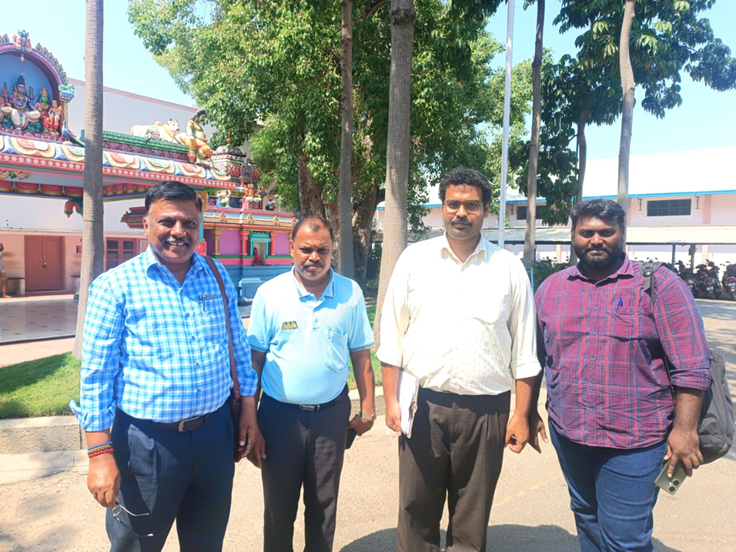
Figure 1: CAG team at the Sambandam Spinning Mill, Salem
Lakshanaa Pulverising Industry
Lakshanaa Pulverising Industry, a cement blending unit, blends Ordinary Portland Cement (OPC) and fly ash in a ball mill to produce Portland Pozzolana cement (PPC). They have a production capacity of 50 tons per hour. Their contract demand is around 112 kVA, and they pay electricity charges of around ₹2 lakhs per month. Their major energy consuming equipment include motors, (cumulative capacity around 180 HP), compressors, and blowers. They follow a batch production process for blending cement. To stay within the 112 kVA limit, they don’t run all motors simultaneously. Their process includes filling of raw materials in silos and then blending of cement in ball mills and then packaging. During raw material filling in silos, the ball mill is turned off and during ball mill operation, the filling process is stopped. This strategic approach keeps their peak demand below the 112 kVA threshold, avoiding the higher costs associated with the High Tension (HT) category. The factory is interested in rooftop solar for their facility. However, concerns about high pollution levels near the cement plant make them hesitant to move forward with installation. They have a Specific Energy Consumption (SEC) of around 0.3 kWh per 50 kg cement bag.
Star Collections
Star Collections, a power loom unit with 5 looms effectively capitalizes the 1000 units of free electricity per billing cycle (bimonthly) provided by the Tamil Nadu Government. Each power loom unit is operated by a 0.75 HP motor. Their raw material is silk yarn and their end product is sarees. These power looms produce around 150 silk sarees per month and consume an average of 375 units per month. Their Specific Energy Consumption (SEC) averages around 0.4 to 0.5 kWh per saree produced. These power looms primarily supply sarees to wholesalers. Retailers then purchase from wholesalers and typically sell the sarees to consumers at a price double the cost. Around Salem there are many such Power Looms Units. Despite producing sarees of comparable quality and using the same raw materials as their counterparts in Elam Pillai, Salem power looms struggle to secure orders due to the established brand recognition enjoyed by Elam Pillai.
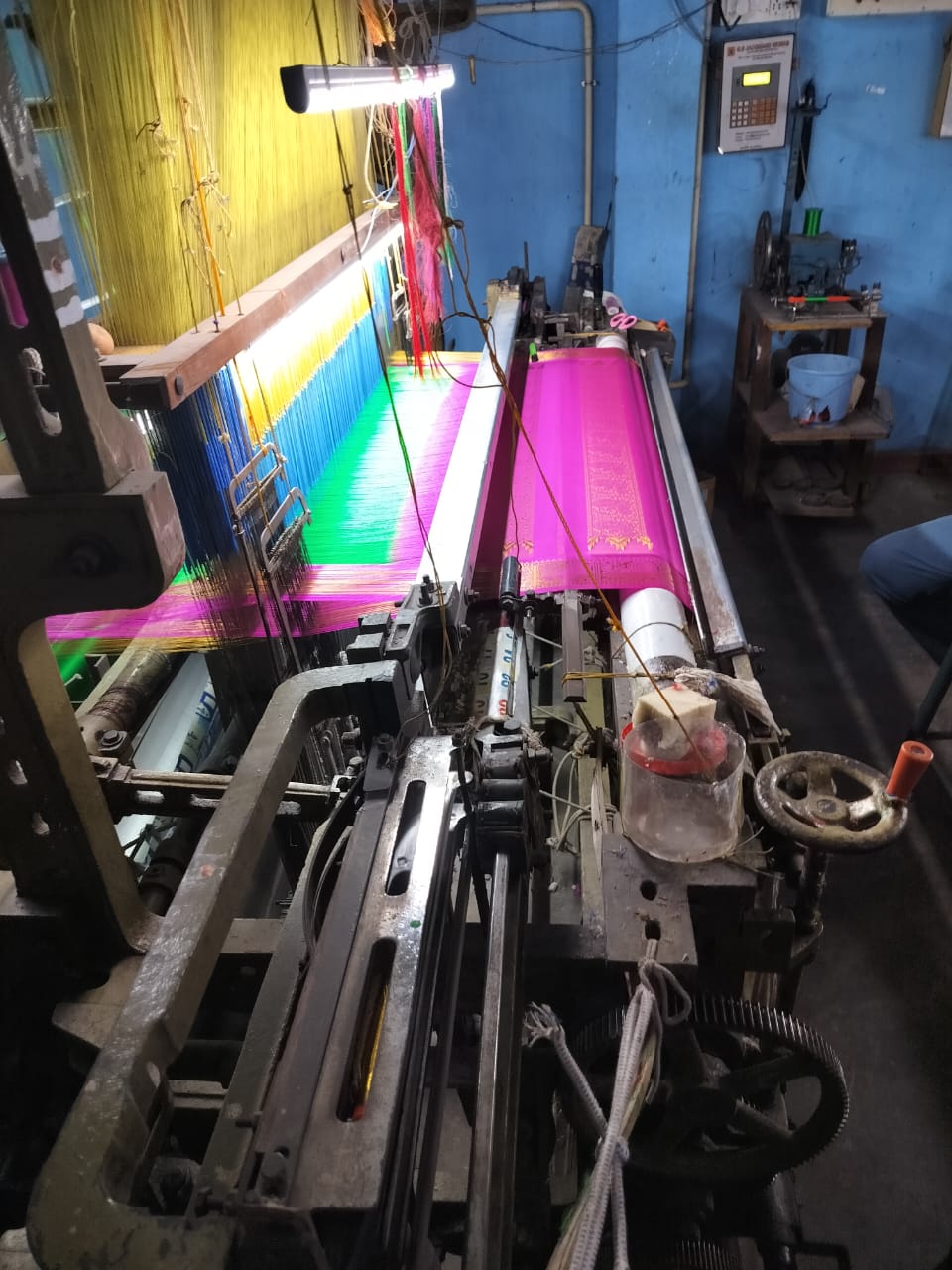
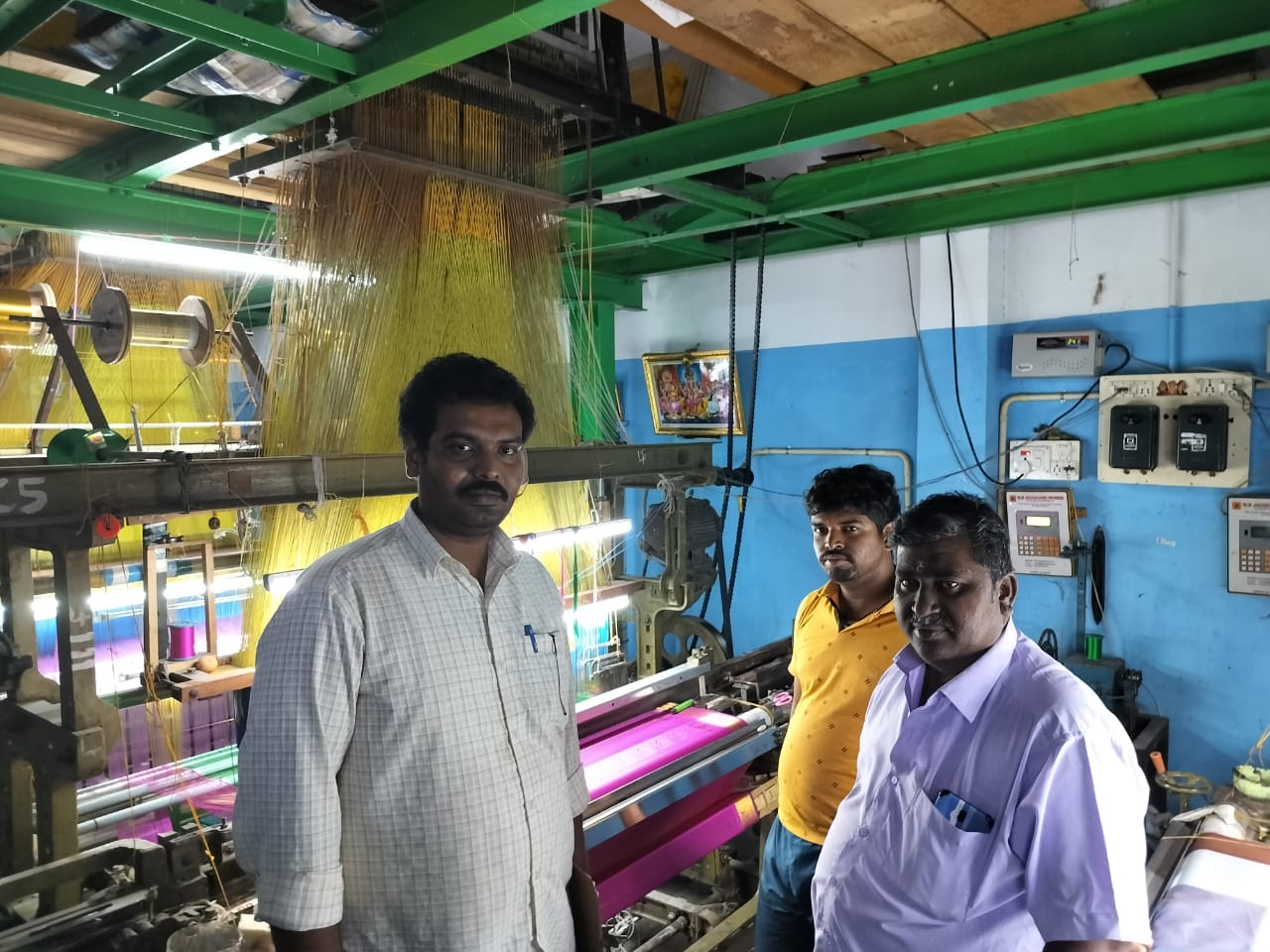
Figure 2: CAG team in discussion with power loom unit staff, Salem
Balaji Meditech
Balaji Meditech, a MSME that manufactures non-woven surgical disposables currently have a contract demand of 15 kVA, monthly electricity consumption of 1500 kWh, and electricity bill of around ₹13,000 per month. Their major electricity consuming equipment are electric motors with a combined capacity of 15 HP, a 5 HP compressor, and air conditioners. They have already taken steps to improve their energy efficiency by installing a power factor correction capacitor bank. Additionally, they're interested in solar power plants on their rooftop. They lack information about the Specific Energy Consumption (SEC) for their production process.
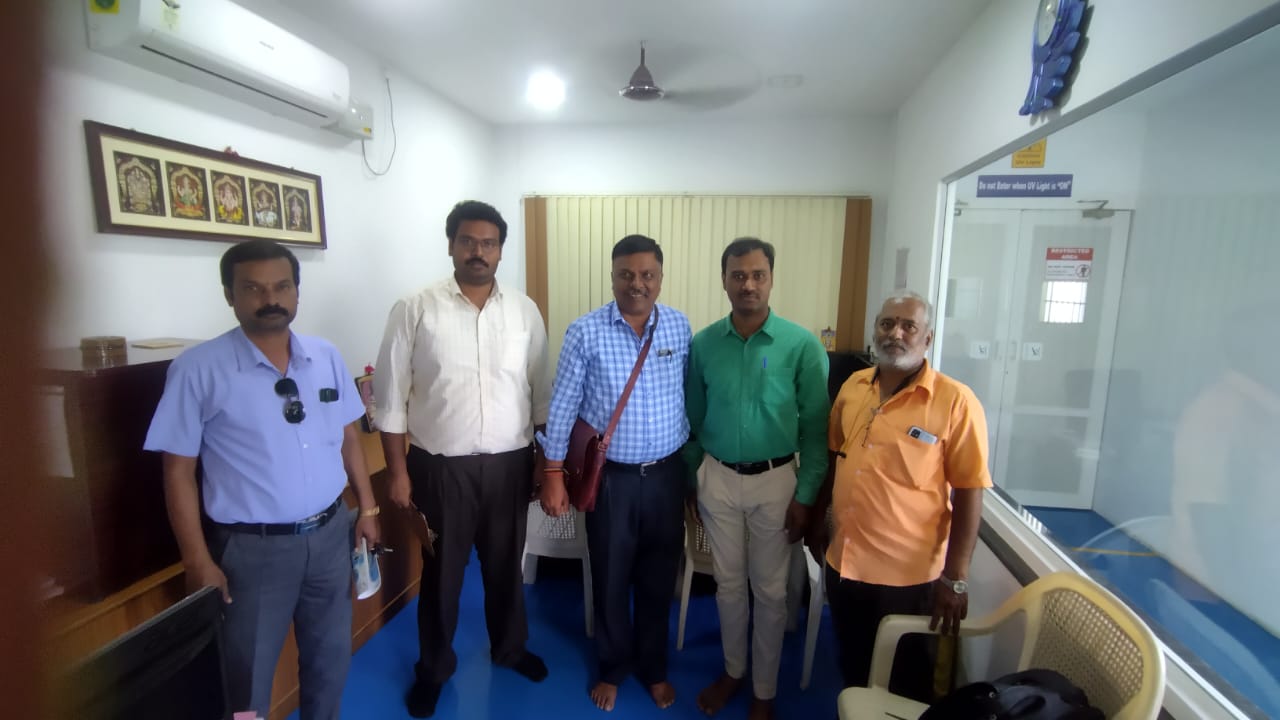
Figure 3: CAG team visit to Balaji Meditech
SS Wood and Furniture
SS Wood and Furniture products, a wooden manufacturing MSME, has a contract demand of 20kVA, paying electricity charges of around ₹25,000 to ₹30,000. To avoid exceeding their contract demand and incurring higher charges, the owner implements Demand Side Management (DSM) techniques. This involves strategically scheduling machine operation to keep peak demand below the limit. They have a suitable rooftop area for solar panels. However, the owner hesitates due to the building being a rental property. The MSME stated that they have not had a TANGEDCO white meter card for the past two years. Therefore, while they are aware about the electricity bill amount, they are completely unaware about the electrical energy consumption details.
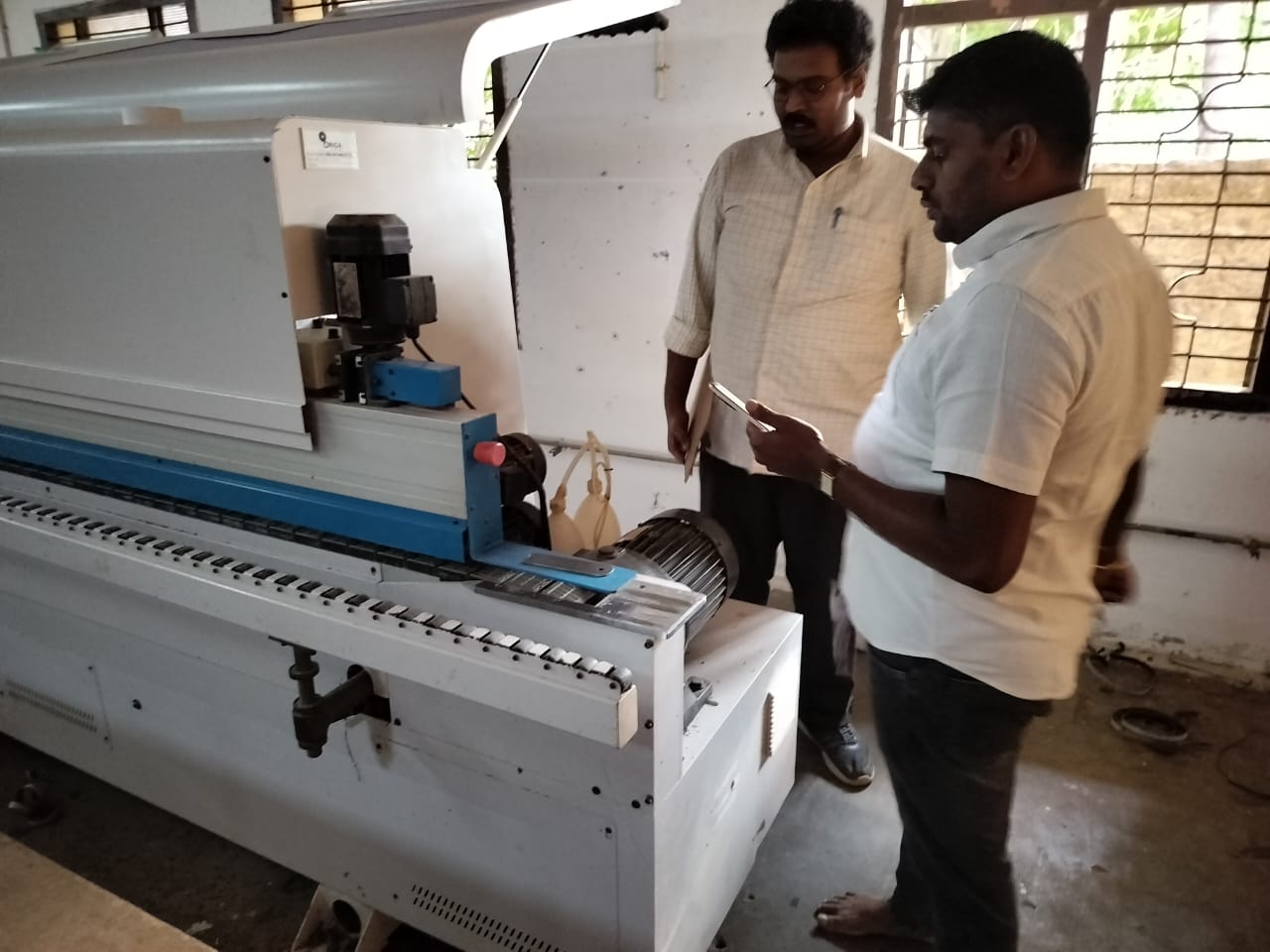
Figure 4 : CAG team inspecting the machines in SS wood and furniture products
Love O
Love O, a cool drinks factory in Salem, installed a 5kW Solar PV roof top power plant. They claimed that there is no significant change in their current bill after installation. On CAG’s visit, it was discovered that the panels were only generating 1.2 kW even at peak sunshine hours (1PM), which is far below the system's capacity. It was found that there is a significant buildup of dust and bird droppings over the PV panel. The installer failed to provide cleaning instructions, leaving the company unaware of how to maintain the panels, hindering their performance.
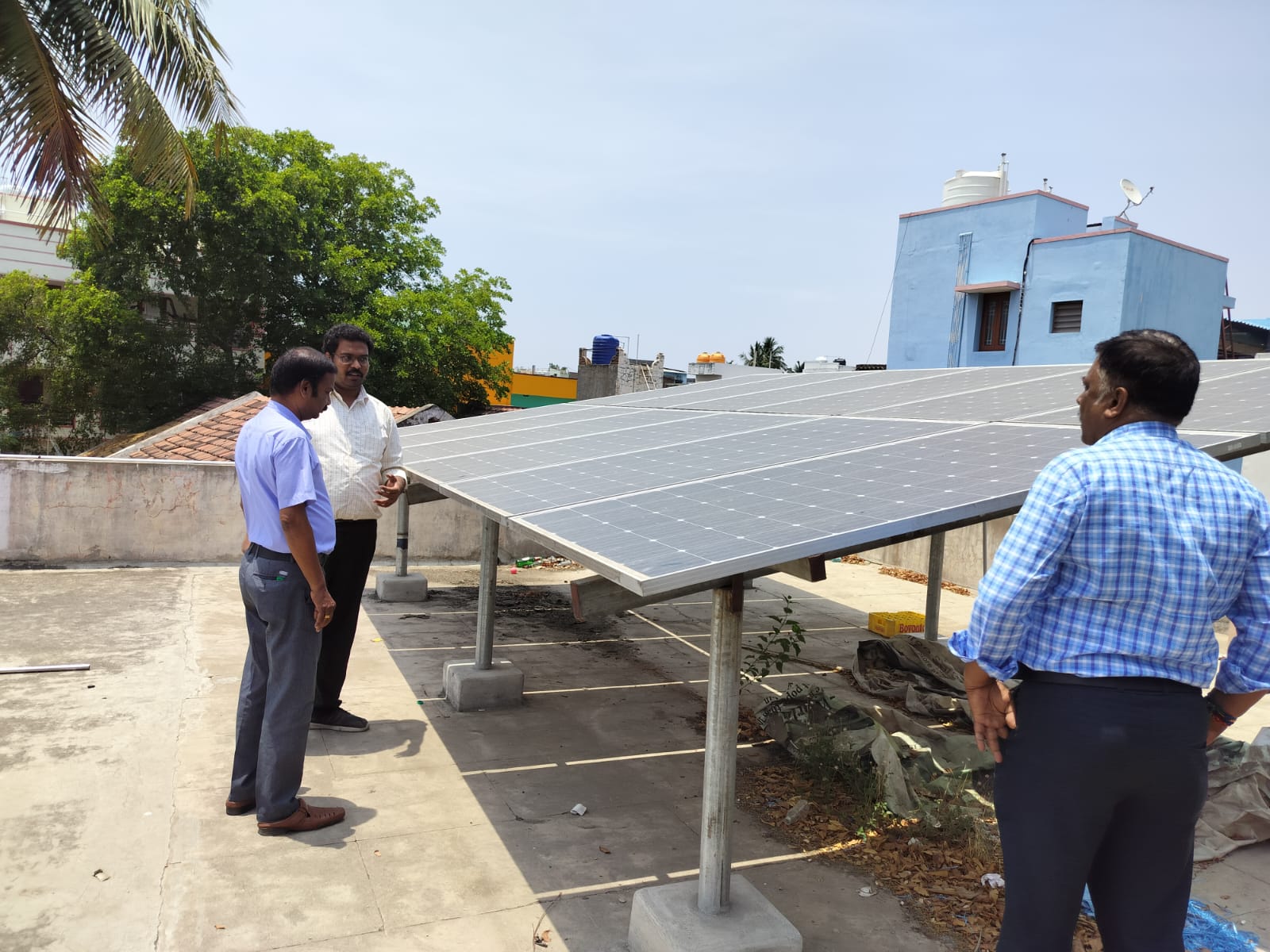
Figure 5 : CAG team inspecting the 5kW solar PV power plant installed at rooftop of Love O cool drinks factory
Summary:
- Significant potential exists for MSMEs to improve energy efficiency and potentially reduce costs.
- Several companies are already taking positive steps, including adopting renewable energy, implementing DSM techniques and monitoring Specific Energy Consumptions of their products by conducting energy audits.
- Few MSMEs often lack awareness about the Specific Energy Consumption of their product, and actual energy consumption per month.
- Electric motors are a significant source of energy consumption in many MSMEs. They often purchase used motors for reducing the cost, which tend to be less efficient. Furthermore, these motors are frequently rewound during their lifespan, which can further decrease their efficiency.
- Most of the MSMEs were unaware about energy conservation schemes like the Promotion of Energy Audit and Conservation of Energy (PEACE) scheme of the Tamil Nadu government and other schemes / initiatives by BEE.
- In summary, raising awareness and capacity building programs about SEC, energy audits, promoting energy saving practices and adoption of best available technologies can significantly benefit MSMEs, leading to cost savings and reduced environmental impact.
Add new comment